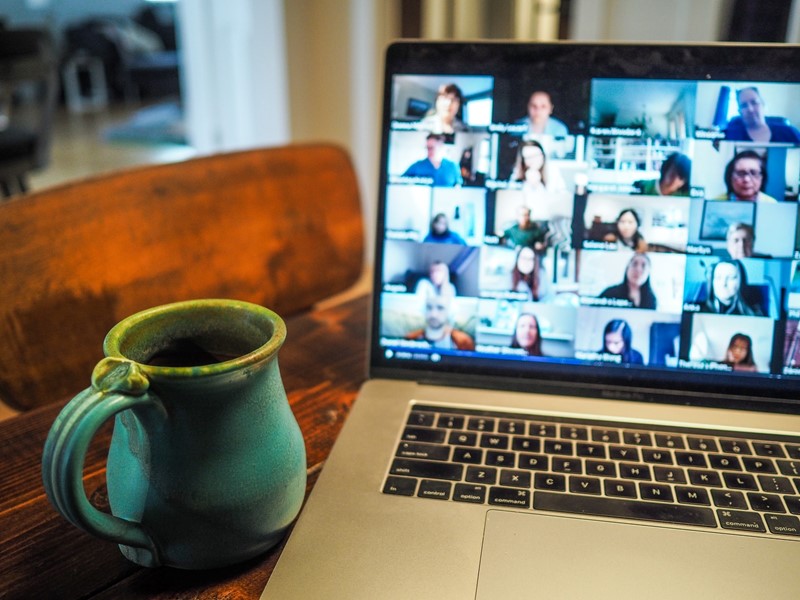Managing employee health and wellbeing as offices reopen
Businesses have had to rethink health and wellbeing policies since March to ensure they are supporting home-based employees in the same way as those in the office.

MORE STORIES
Please click here to chat through what you'd like your Success Story to be.
Businesses have had to rethink health and wellbeing policies since March to ensure they are supporting home-based employees in the same way as those in the office. Now, as more workplaces reopen their doors, the focus must be on how to ensure that employees feel healthy and comfortable being in the office.
We’re in a somewhat fortunate position having spent the last five months supporting some of the world’s biggest organisations to set up safe and hygienic working environments. We have been able to watch, learn and adopt the best practices for the BMG offices. That includes one-way systems, Perspex screens between desks and targeted cleaning regimes.
I have been in regular contact with my staff about their working preferences, and at first the consensus aligned with many national surveys – people wanted a mix of office and home working. When the office was ready to reopen, we told all employees what protocols were in place and that they were all welcome to return. It was not a directive, but a workplace update, and that’s an important distinction. Anyone with any concerns is still able to work from home, and we encourage flexible schedules so that staff can balance their work with other responsibilities, such as childcare. It’s essential to empower and trust staff to make informed decisions, but at the same time it’s important to communicate the business needs too.
Giving people the freedom to choose their workplace has been invaluable as it demonstrates to employees that we are putting their interests first. Interestingly, once the first wave did return we have seen a steady increase so that the office is now regularly close to capacity. Part of that is because the majority of our work is project based which necessitates contact. But I also believe that those who continued working from home saw the camaraderie of the office and that brought them back.
Another way in which businesses must continue to put their employees interests first is through health and wellbeing support. Covid has really crystalised the need for personal support and in-person contact. Video calls have invited us into each other’s homes and broken down barriers, giving us all greater insight into our colleague’s lives and personalities.
I’ve had truly open and honest discussions with BMG employees that have been of mutual benefit. I believe that people have been more open because they have a “valid” reason to be so. Prior to Covid, employees may have been putting themselves out there more when talking about their mental health and wellbeing. The pandemic and lockdown has given people an opportunity to be more open about things. When we know that many other people are going through the same experiences, it makes it easier to open up and share.
Our leadership team has daily Covid meetings where we address employee wellbeing, and part of my remit is to be on the lookout for changes among our team in things like responsiveness and efficiency. If I notice a change among a team member that I believe could be an indicator of stress or personal hardship, I reach out to that person and suggest an informal face-to-face chat. The employees I speak with often have issues that aren’t work related and appreciate the support from myself and the rest of the leadership team.
Employee wellbeing has been on the agenda for many businesses for a number of years, but the pandemic will certainly cause leaders to rethink their strategies. It seems likely that a large percentage of the workforce will mix office work with home working even after the pandemic has passed. There’s a risk that employees working from home won’t want to talk about having an off-day or feeling unmotivated in case their employer says they should return to the office full-time. Business leaders have a responsibility to ensure that their staff always feel comfortable being open about their wellbeing, whatever their working situation.
Among the excitement of getting people back into the workplace, businesses must also continue to support those working from home. Employers should be conscious of providing a safe and comfortable working environment, including ergonomic chairs, access to the necessary IT equipment and ensuring that those at home maintain appropriate social contact with their colleagues.
This will require investment but it will be paid back in spades by employees who are happy, productive and feel supported. We’ve been working with a number of major clients to move furniture from the office to their employees homes and have seen first-hand the gratitude of those staff. What amounts to a relatively small gesture from a business can mean so much to the individual.
I’m excited for the future of the workplace, whether that be the office or the home, and look forward to continuing our work with clients that results in their employees feeling happy, safe and appreciated.
By Rachel Houghton, MD at Business Moves Group.
MORE STORIES
Please click here to chat through what you'd like your Success Story to be.





